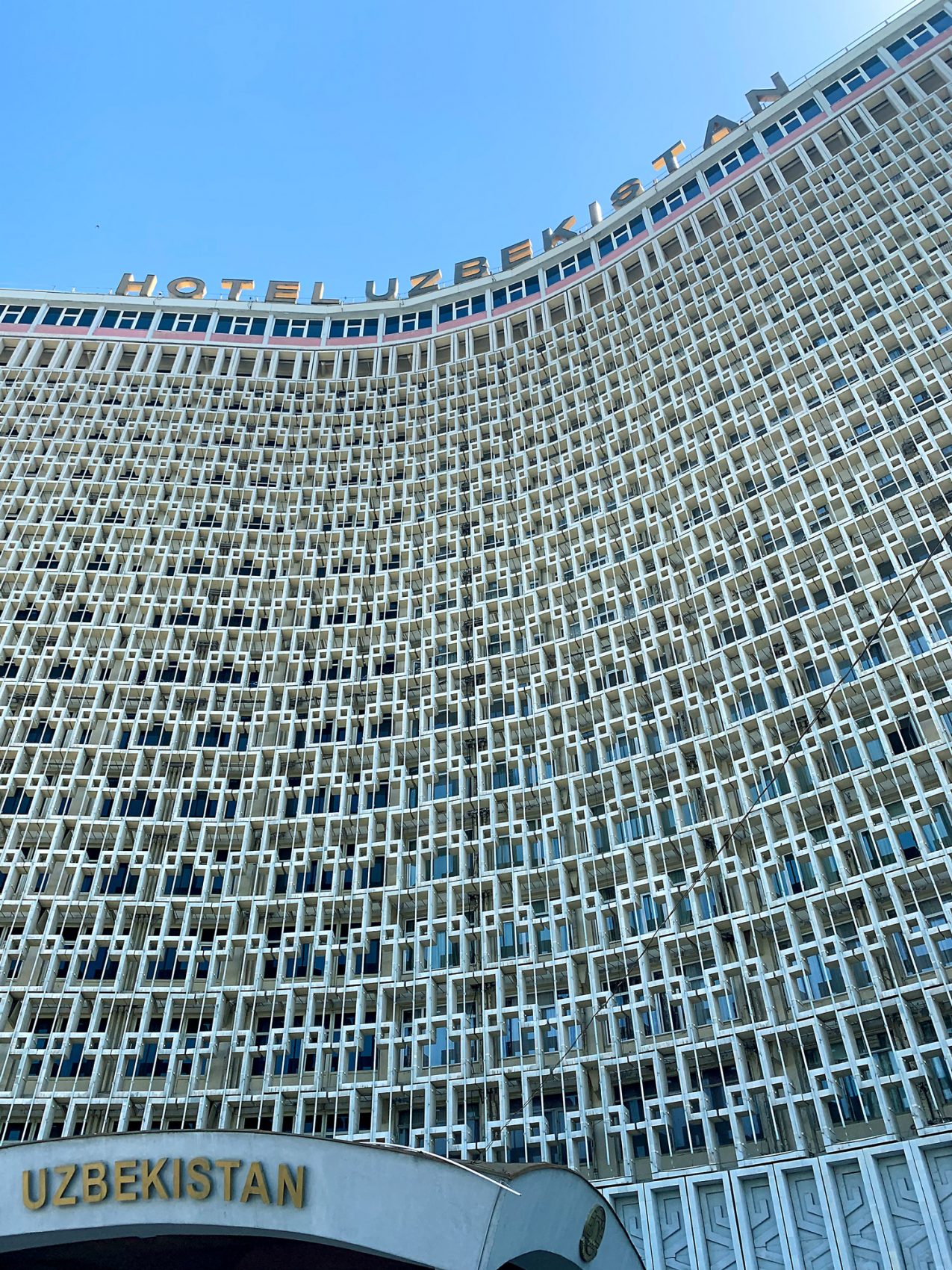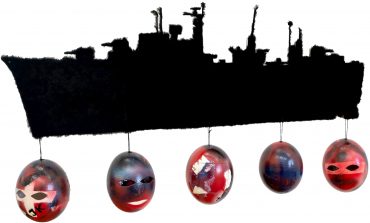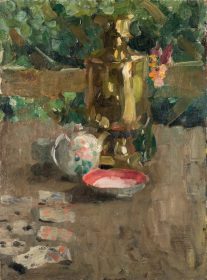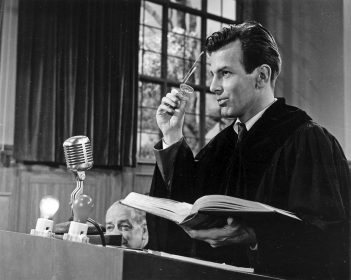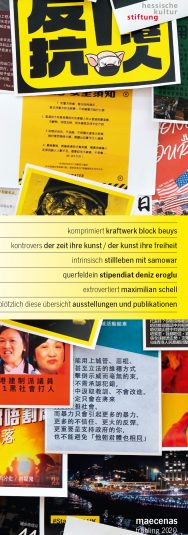scholar deniz eroglu
How are cultural and social identities to be defined, where are they located within society and what forms and rituals do they foster? Deniz Eroglu’s personal experiences, his engagement with his cultural roots and everyday observations are the point of departure for the development of his artistic work. In his reflections Eroglu draws on the aesthetic strategies of the flâneur or the participative observer which oscillate between outward impressions, inner moods and serendipity.
His artistic work consistently focuses on everyday situations and people beyond public interest, be it döner kebab vendors, solitary eccentrics in the US or bed-ridden people in Denmark, figures he depicts in an atmospheric and concentrated visual language in film, video, sculpture and room installation.
Eroglu was born in 1981, son of a Danish mother and an immigrant Turkish father. After studying at the Funen Art Academy in Odense the artist completed his master’s degree in 2014 in film studies under Douglas Gordon at the Städelschule in Frankfurt.
The filmmaker portrays people in their everyday and, at times, intimate surroundings, using long shots with few scene changes and reduced plots. He works both with professional and lay actors, and employs various visual aesthetics ranging from documentary and experimental video film to television and feature film formats.
On his journey through countries in central Asia Deniz Eroglu traced the vestiges of the Ottoman Empire and also explored the present-day influence of Turkey on the region.
Here he describes his impressions, supplemented by snapshots; Eroglu has used his collected material in the making of his new film project The Shipwrecked Triptych.
cross-country
About 13 years ago when I was still living in Denmark I saw a poet on TV. He talked about how he liked to secretly observe the world. One morning a few months later I noticed him as I was passing down a busy street in Copenhagen. He stood half hidden in a doorway like a typical flâneur. He was completely immobile with his large eyes transfixed by the flow of people rushing past him in the rush hour. He wasn’t taking into account each individual that passed. From the trance-like look on his face, I instinctively understood that he was grasping for something beyond the physical properties of the street, the faces, the cars, the street signs. He had locked his mind onto another plane. As I walked away I wondered what he might had hoped to extract from this act.
I think most of us can relate to feeling extremely busy. We’ve all run down streets like those people that morning. There is a strong societal imperative to keep busy and to be productive. How much would these busy people be able to recall from that particular morning? I remember thinking. It comes down to what we choose to focus on in life. I think very few people go out into the streets with the intention of looking for something ungraspable. It would be considered pointless idling. It appears that there are things in life that seem unimportant, that are deemed missable. But there are some who contemplate the everyday, you just have to look closer in order not to miss them.
Seeing that look on the poet’s face brought with it these realisations. It urged me to slow down and made me consider that what is considered unimportant is perhaps less banal than one would think at first glance and vice versa. This has become a guiding notion in relation to my artistic activities. Personally I consider it conducive to my work to travel around.To uproot oneself from one’s familiar environment and routines can heighten one’s abilities to observe and discern in others very peculiar traits that go unnoticed by people in their own immediate environment.
With my trip to Central Asia I was hoping to further expand my ideas of what, not only Turkish, but Turkic culture is. By this I refer to older cultural remnants that were prevalent in the region before and during the formation of the Ottoman Empire leading up to the establishment of the Turkish republic in 1923, but have since faded. I’m thinking of the nomadic Oghuz tribes for example. In modern day Turkey, after almost a century of cultural purging with the aim to create a unified nation, what meets the eye is a more homogenous society than the multiethnic empire of the past. I was curious to see if there were any ties between Turkey and the countries stretching East towards China and what they consisted of. But first and foremost I was extremely curious to discover these countries that sound so distant and unknown: Uzbekistan, Tajikistan, Kyrgyzstan. This aura of the unknown has to do with the fact that the whole region lies so encapsulated from the rest of the world. Because of its isolated location it is very unlikely that you would happen to pass through. You have to actively choose it as a location.
I decided to ask my friend Feyzullah Yesilkaya to join me. He is a German with Turkish roots. He is fluent in Turkish as well as Farsi, so this would enable us to communicate with most people in the region.
Generally speaking it is a laborious endeavour to travel around these countries. The infrastructure is bad and the distances are great. We spent many nights in old buses, drifting across the open, flat continent. The bus operators have a general procedure of emptying the posterior rows of seats so passengers can lay on the floor and sleep. We were always to slow to claim any such spots for ourselves, so we mostly sat like spectres, half-asleep, swaying from side to side into the night and beyond.
Furthermore we were overcome by an intense, humid heat. Very often we had to resolve to seeking refuge in air-conditioned spaces. In one such place, a hotel in the city of Türkistan we came across a young man called Seyfullah who was working as a waiter in the establishment. His Turkish was impeccable albeit scattered with occasional words that had an extinct, outdated ring to them. He is an Ahiska Turk, which is a Turkish speaking minority living in Kyrgyzstan. We really enjoyed Seyullah’s company and were keen to invite yet another Ullah into the traveling party. He even introduced us to his good friend Rahmetullah, so it became even merrier! Seyfullah took us around Türkistan which is difficult to navigate. To the unprepared traveler it seems to consist of endless dusty roads with intense diesel-black traffic.
We decided to invite Seyfullah to join us to Bishkek, the capital of Kyrgyzstan. He had told us that he had an uncle and an aunt there that he had never managed to visit. His yearly trip to see his mother, which takes over 30 hours, is so time consuming that he never found the time. We asked about his father. He told us he hasn’t seen him for the past four years. He works in a power plant in Northern Russia. Seyfullah was able to get someone to cover for him at the hotel and then went ahead and arranged our journey with great care. He even negotiated a ticket discount for us. Another overnight trip by bus. Unsurprisingly the only way to get out of there. At the rest stops going East from Türkistan we witnessed a lot of busses with Chinese workers returning to China. Where they had departed from remains a mystery to us. When we arrived at our destination, Seyfullah’s uncle took us around in his old, smashed up BMW. It was nice getting to meet another generation of his family.
After spending a few days in Bishkek, an incredibly smoggy city, we were ripe for some relaxation. I went online and booked the most luxurious accommodation I could find; Supara Chunkurchak, a resort a few hours south of the city. We were in need of some comfort, and we got what we bargained for. It was a place that clearly wasn’t operated in the normal capitalistic sense, where profit is what matters most at the end of the day. Normal rules of service didn’t apply, the staff often disappeared, but that was part of what made it so charming. This was a place where you were met by people beaming with pride. They invited us for a food tasting. They took note of every reaction we had to horse milk, horse pizza and a fermented cocktail mix reminiscent of piña colada and beer, and seemed genuinely disappointed if we didn’t like it. This event spilled into the late afternoon and made us so full we couldn’t eat at their restaurant in the evening. We dragged ourselves up to our cabana and passed out.
During our stay there we were introduced to a guide by the name of Timur. His Turkish was very good.The Gülen people had taught him well. He was a tall man. He mostly kept quiet, only 2announcing the most essential, sparse explanations, when he felt there was no other way. Usually we would have to ask him a question to get him to say anything.
It was in these mountains that I learned about the existence of an extreme right movement from Turkey. Feyzullah told me that some Turks refer to the mountain range as the Tanir Daglari; the mountains of God. It’s a site of pilgrimage for Turkish fascists, the so-called Bozkurt. This place was full of them. When we asked Timur about them, he shrugged with an blushing smile and shook his head. “What can you do?”, he asked with an exhausted air.
Timur invited us to ride horses around the mountains. He took us to a yurt, and demonstrated how it works. It gave us a tactile feeling of how life in the mountains must have been. The shimmering light inside the big tents. The smells of animals and the earth. During the course of a day he demonstrated to us in minute detail how life transpired in nomadic times. Throughout these demonstrations there was a stoic air about him. As the days passed and we spent more time with him, we realised there was a deep melancholy radiating from him. In many ways the Kyrgyz have given up on their own culture. Gone are the horses, the mountain winds, the nomadic way of life. Now there is only remembrance of this lost past.
Sometimes as an artist impressions gestate in a slow manner and end up flowing over into the art works. It could be the atmosphere and mentality of a city, an impalpable psychological collective state that somehow becomes a determining factor for the environment in a film. When I travel I try to attune myself to observation without any preconception. Like a conductor who is trying to detect any sounds of dissonance in a piece of music. Actually conductor is a very fitting word, because it is a matter of letting the energies of others flow through you. Traveling like this, without great purpose, you tend to lose yourself, which can be a very soothing experience. Sometimes but not very often, when observing people you come across others who seem observant in the same way, curiously looking around, they often return your gaze. This always makes me feel reassured amidst all the apathy that I encounter. It’s as if they have a surplus of energy, as if they are cognisant or perhaps hopeful that there is something else, something more profound behind everything if one looks hard enough.
I don’t see the production of moving images as an intellectual or cerebral enterprise that has to be mastered. There is something else at stake, something much more fundamental and basic that lies within the semiotics of the moving image.
What you choose to put in front of the camera is very physical in nature, but if you know what you are doing, then the totality of all these small parts can coalesce into something greater than the sum of all the physical details.
This is the moment where the artist can strike upon imagery that goes further, resulting in images that are compelling, but also importantly; images that are impossible to pin down in words. Instead there is a sort of visceral complexity that reveals itself, and often our attempts to talk or write about it reduces its meaning. It can be a cut, a juxtaposition between two scenes, a rhythm, a facial expression, the way the camera moves, a human voice paired with a landscape, or the particular eeriness of an atmosphere. All of these elements have a symbiotic relationship with each other and with time. Made manifest in the eerie slowness with which a raft drifts down a river in the night or the speed of a knife flying through the air.
When moving images are enabled to appear abstract and open without the strict confinement of a structured narrative, then their possible meaning can expand accordingly.Moving images have the capacity to become so much more than a vehicle for objective, reductive storytelling. Sometimes visual components amalgamate and we can feel its transcendence as it transports us somewhere new.It is in this crux that escapes other language systems, that moving images reveals its unique potential as an art form.
